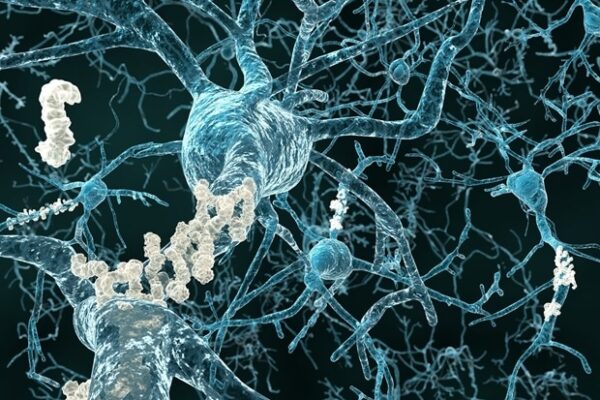
STAT+: Pharmalittle: We’re reading about FTC reviewing Novo-Catalent deal, Amneal opioid settlement, and more
Good morning, everyone, and welcome to another working week. We hope the weekend respite was invigorating and inspiring, because that oh-too predictable routine of online meetings, phone calls, and deadlines has returned. But what can you do? The world, such as it is, continues to spin. So to give it a nudge in a better…











